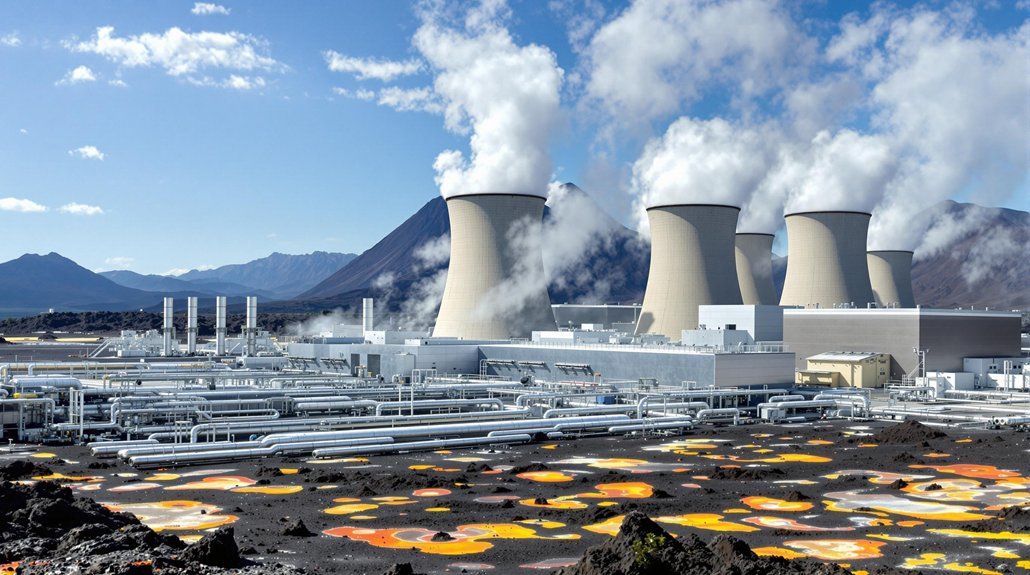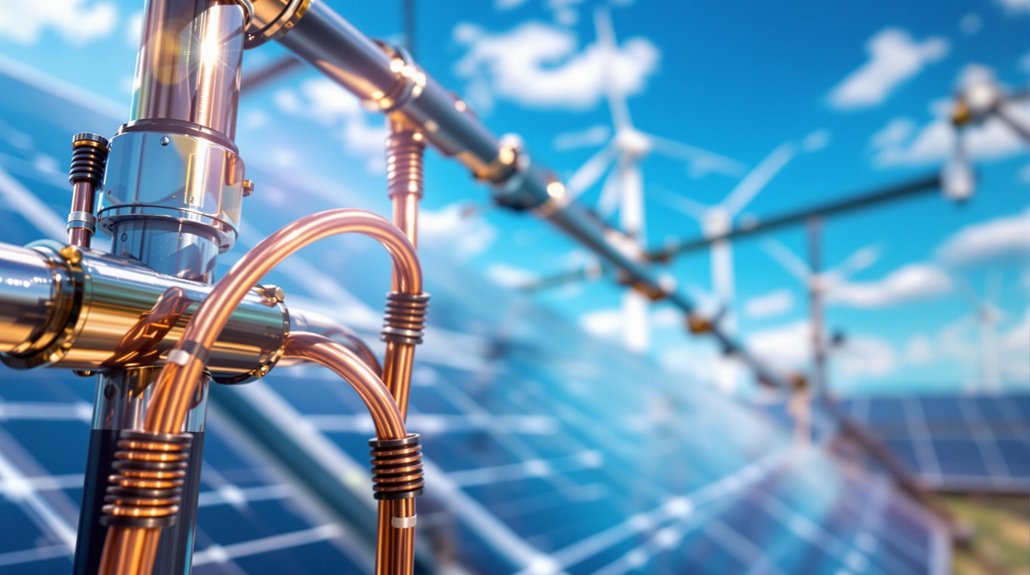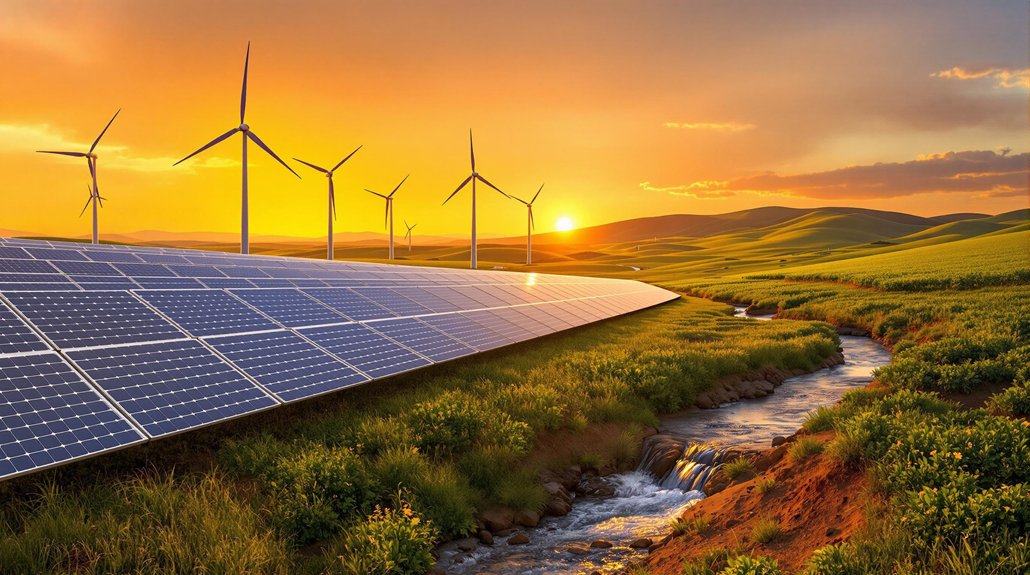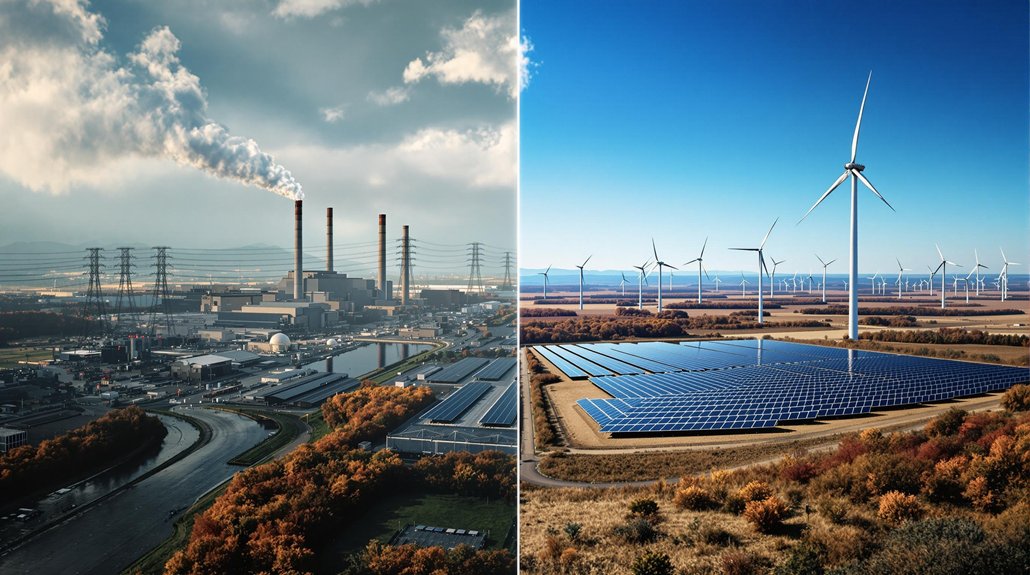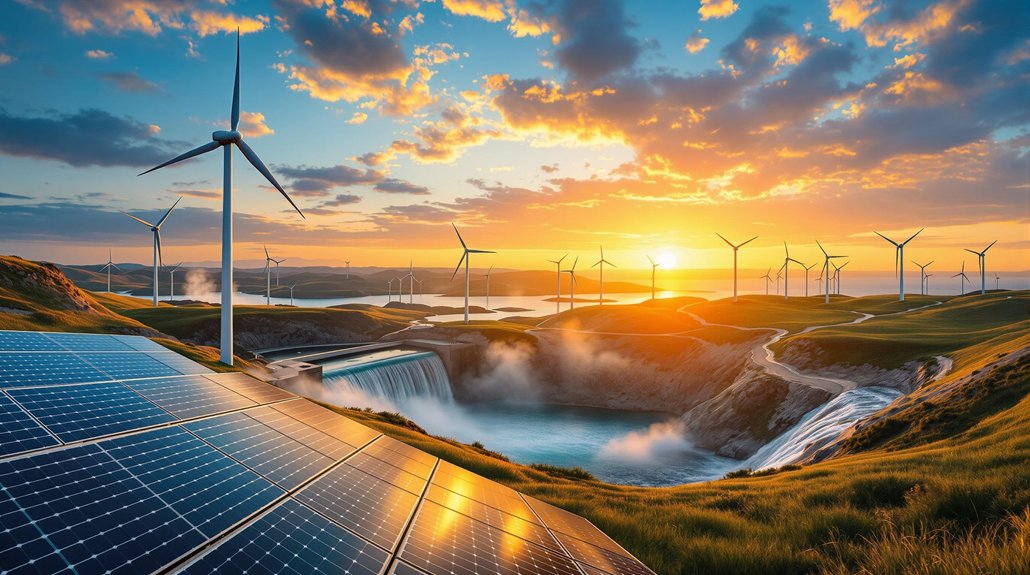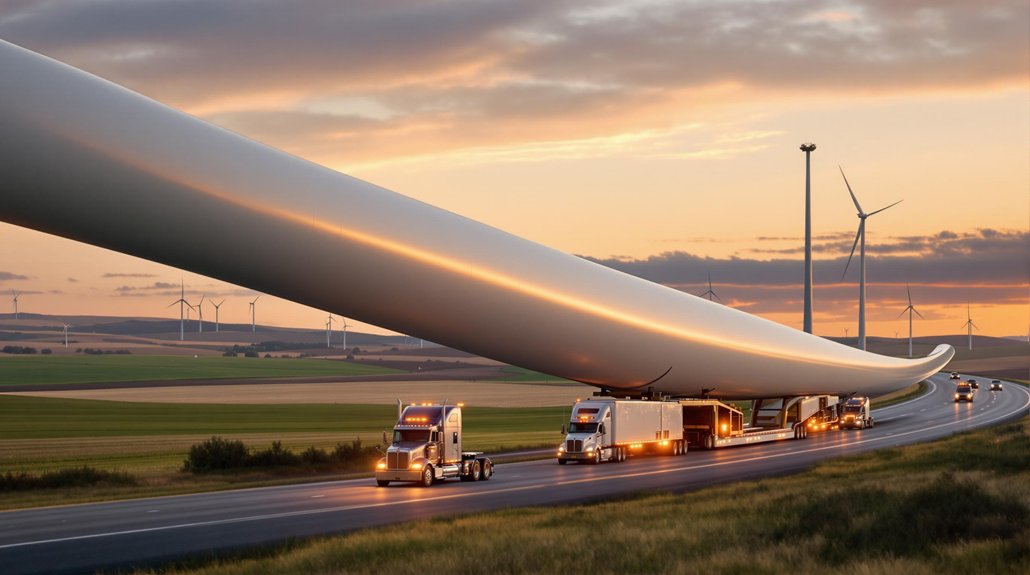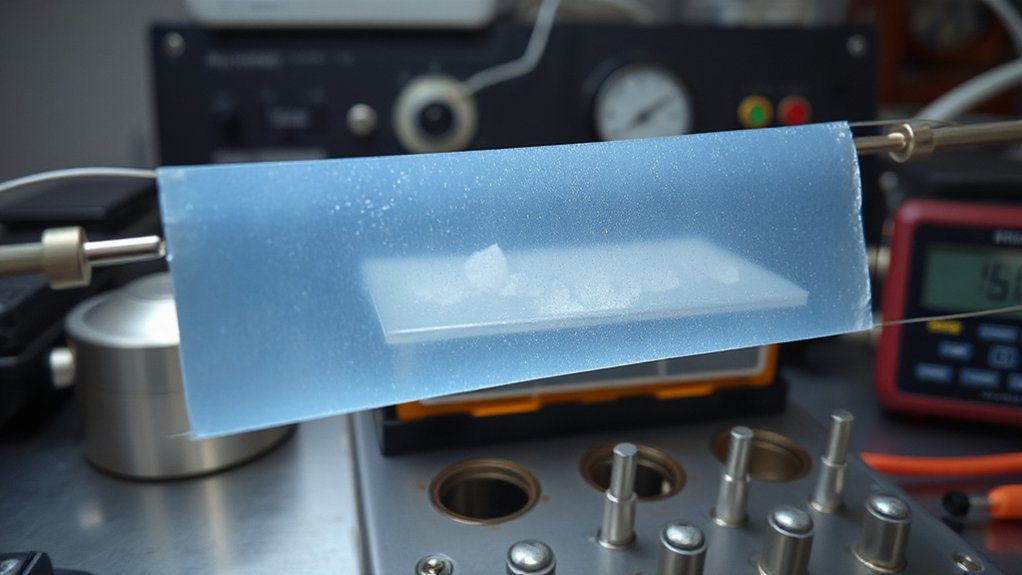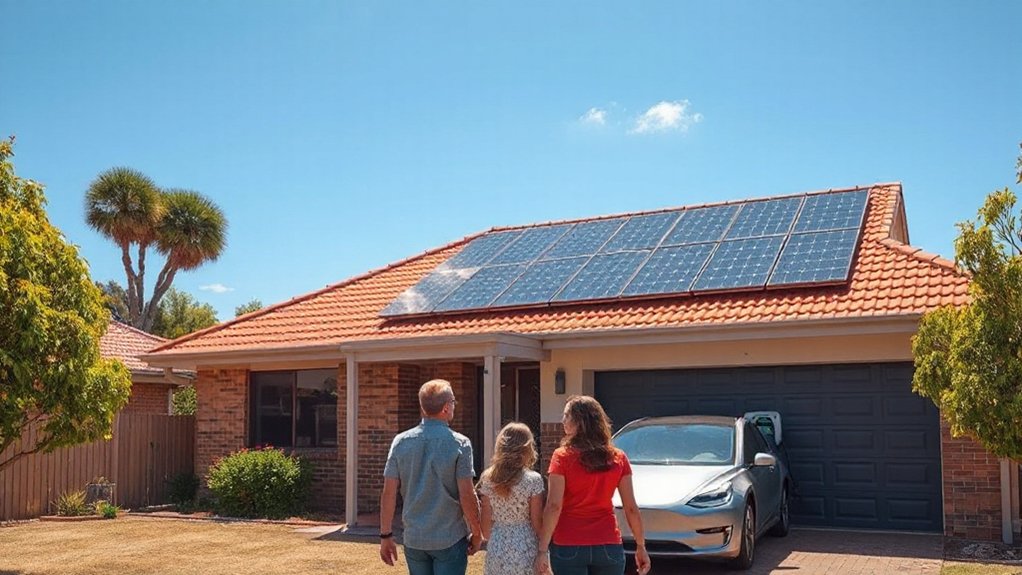Geothermal energy harnesses Earth’s natural heat to generate electricity. Engineers first identify suitable locations through geological surveys and testing. They then drill wells 1-3 kilometers deep to access hot water or steam reservoirs. The heat energy turns turbines in one of three plant types: dry steam, flash steam, or binary cycle. After use, water is reinjected underground to maintain reservoir pressure. This renewable power source emits 95% less CO2 than coal while providing decades of reliable energy.
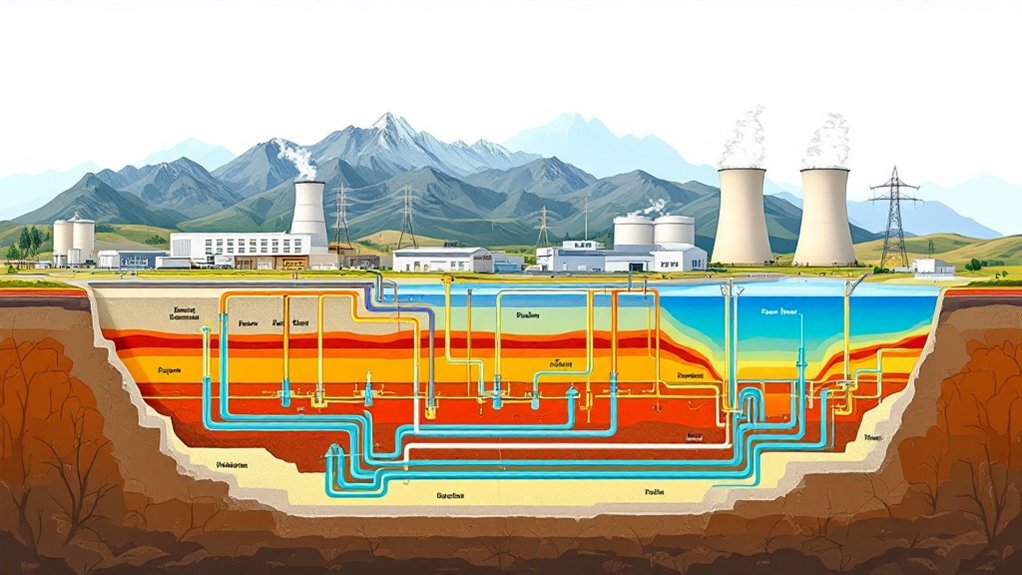
Thousands of feet below Earth’s surface lies an abundant, clean energy source that’s available 24 hours a day. This energy comes from Earth’s natural heat, and it’s being used to generate electricity in power plants worldwide. The journey from underground heat to usable electricity involves several key steps and technologies.
Before building a geothermal power plant, scientists must find suitable locations. They conduct geological surveys, use special tools to map underground heat, and analyze soil chemistry. Once they identify a promising site, they drill exploratory wells to confirm the resource exists. These tests measure temperature and assess fluid composition.
Finding the perfect geothermal site requires meticulous scientific detective work before drilling can begin.
Drilling teams then use large rotary rigs to bore wells into the geothermal reservoir. These wells typically reach depths of 1-3 kilometers. Engineers install protective steel casing and cement to maintain well integrity. Some wells bring hot fluids to the surface, while others return cooled water back underground.
The type of power plant built depends on the resource. Dry steam plants use steam directly from underground. Flash steam plants use high-pressure hot water that converts to steam when brought to the surface. Binary cycle plants, which are common for moderate-temperature resources, transfer heat from geothermal fluid to a second fluid that vaporizes at lower temperatures.
At the power plant, the steam or vapor spins turbines connected to generators that produce electricity. After passing through the turbines, the steam condenses in cooling towers. The resulting water is then injected back into the reservoir to maintain pressure and sustain the resource. This reinject ion process is essential as only 6.9% of potential has been tapped globally, highlighting the importance of sustainable resource management.
Geothermal energy offers significant environmental advantages. It emits just 5% of the carbon dioxide that coal plants produce per kilowatt-hour. With proper well design, it avoids groundwater contamination. The annual heat flow to Earth’s surface averages between 50 and 70 milliwatts per square meter, representing an enormous untapped resource.
While initial construction costs range from $2,000-$5,000 per kilowatt installed, geothermal plants operate for over 30 years with low maintenance costs of $0.01-$0.03 per kilowatt-hour. They can run continuously, achieving capacity factors above 90%, making geothermal energy a reliable baseload power source.
Frequently Asked Questions
What Are the Environmental Impacts of Geothermal Power Plants?
Geothermal power plants impact the environment in several ways. They emit much less CO2 than fossil fuel plants—about 122 g/kWh globally. They use minimal freshwater compared to coal plants.
Land impacts include possible subsidence and minor earthquakes. Binary plants produce near-zero emissions through closed-loop systems.
While H2S pollution can occur, it’s controllable with modern technology. These plants have smaller footprints than fossil fuel or nuclear facilities.
How Much Does Geothermal Energy Installation Typically Cost?
Geothermal energy installation costs typically range from $12,000 to $30,000 for residential systems.
For a 2,000 square foot home, prices can reach $15,000 to $38,000.
The heat pump unit alone costs $2,500 to $5,000, while ground loop installation runs $10,000 to $33,000.
Homeowners can offset expenses with a 30% federal tax credit available through 2032.
Most systems pay for themselves in 10-20 years through utility savings.
Can Geothermal Energy Be Harnessed in Any Location?
Geothermal energy technically can’t be harnessed in every location. High-temperature resources needed for power plants are found mainly in tectonically active areas like the Ring of Fire.
However, technologies are expanding access. Enhanced Geothermal Systems create artificial reservoirs where natural ones don’t exist.
Geothermal heat pumps for heating and cooling buildings can work almost anywhere, making some form of geothermal energy widely accessible.
How Does Geothermal Energy Compare to Solar and Wind Power?
Geothermal energy differs from solar and wind in key ways. It provides constant power with 70-90% capacity factors, while solar (10-25%) and wind (25-50%) are intermittent.
Geothermal has minimal environmental impact but is limited to specific regions. Its high upfront costs balance with low operating expenses.
Solar and wind have broader availability and rapidly declining costs.
All three options produce clean energy with considerably lower emissions than fossil fuels.
What Are the Maintenance Requirements for Geothermal Systems?
Geothermal systems require regular maintenance to function properly. Owners must check coolant levels, replace air filters every 3-6 months, and clean air ducts.
Annual professional inspections include cleaning heat exchangers, testing electrical connections, and lubricating moving parts.
Long-term care involves inspecting ground loops every 2-5 years and flushing loop fluid every 5-10 years.
With proper maintenance, these systems typically last 20-25 years before replacement is needed.
